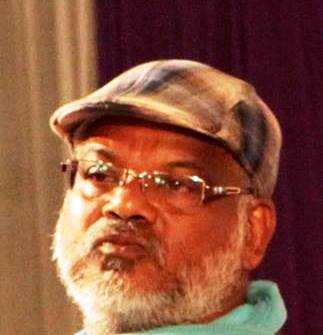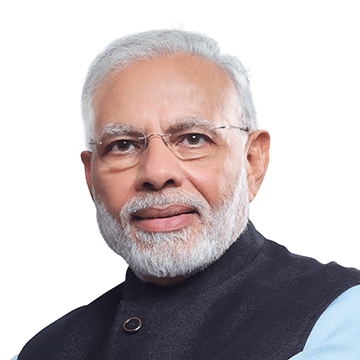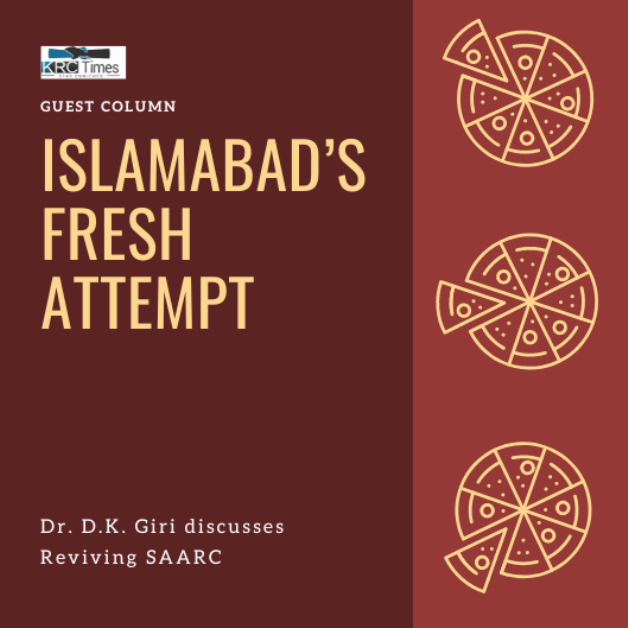The crux of the revival of SAARC is a genuine democracy in Pakistan refusing to play the Chinese game in South Asia politics
 Dr. D.K. Giri I INFA Service
Dr. D.K. Giri I INFA Service


On 36th SAARC Charter Day Anniversary, the heads of SAARC countries delivered messages albeit conflicting ones. Indian Prime Minister Narendra Modi gave not-so-veiled warning, “the full potential of SAARC can only be realised in an atmosphere free of terror and violence.” He called upon its leaders to “recommit to defeating the forces that support and nurture terrorism”.
Prime Minister of Nepal and current SAARC Chairman KPS Oli made an appeal for SAARC process to be resumed. In his message he said, “SAARC is not a choice but a necessity for meaningful regional cooperation in South Asia. The longer we will delay, the more will be the opportunity cost”. He extended his plea by suggesting, “a fresh impetus to the stalled SAARC process including an early convening of the summit can rekindle hope among our people and provide ground to move forward.”

Soon after Pakistan Prime Minister Imran Khan gave his message which was as expected critical of India. He said, “It is unfortunate that due to long standing unresolved disputes amongst the member states, SAARC countries have been unable to achieve the desired socio-economic cooperation and prosperity in the region so far. Artificial obstacles had been raised against the SAARC process.”
The eight-member SAARC – South Asian Association for Regional Cooperation was set up 36 years ago on 8 December 1985 in Dhaka. The idea was mooted in 1980 in the first meeting of seven founding countries – Bangladesh, Bhutan, India, Maldives, Nepal, Pakistan and Sri Lanka – which met in Colombo in April 1981. Afghanistan became the 8th member at the 13th Annual Summit, 2005. The major founding principle is the “respect for the principles of sovereign equality, territorial integrity, political independence, non-interference in the internal affairs of other States”, with a host of objectives set out in the SAARC charter.
The SAARC was hobbling from the beginning. It has been a body of unequal and disparate members. The size of India as the biggest country compared to smaller ones like Sri Lanka, Maldives and Nepal cut both ways. It could be the biggest market for neighbouring countries and also be perceived as a bully. Wrongly or rightly, the latter has been the perception of quite a few countries.

The history of two other countries being a part of India in the past brings up other traditional problems. The partition between India and Pakistan has been painful and is incomplete, and the separation of Bangladesh from Pakistan with support from India is another chapter of history that reminds the people of the sub-continent of human tragedies of incredible degree. Time has not yet healed the wounds, which fester often calling for vengeance and retribution.
The socio-religious configuration in South Asian countries emanating from such a history is unique. India is a Hindu majority country with a large Muslim population as a minority along with other smaller religious groups like Christians, Parsis, Bahais, and Indic religions like Buddhist and Jains. Pakistan, Bangladesh, Afghanistan and Maldives are Muslim majority countries with other minorities, ‘Hindus’ in Bangladesh and Pakistan. Nepal is a Hindu majority country with non-sizeable minorities and Sri Lanka is Buddhist majority State with Tamils, Muslims and Christians as a minority. Such demographic composition should make the countries socio-religiously inter-dependent. Strangely that’s not the case.
Similar is the history of conflicts and wars between the members of the European Union. There is also a huge difference in size and population. Take for instance Germany which is now after unification 80 million and Luxemburg is under 2 million. All member countries in the EU, including the six founding members, are matured democracies and sound economies. The desire for greater economic good in unity and solidarity in Europe was the driving force behind the creation and growth of the EU into one political entity.
The Détente between two major European powers France and Germany made the EU possible. A similar development between India and Pakistan could perhaps do the trick for SAARC. Unfortunately, while India is a democracy, Pakistan has been ruled directly or by proxy by the military, which has its own logic of survival, based on prolonged conflict with India, not reconciliation.
Unless there is a change from military hegemony to democratic politics, peace and security between India and Pakistan are quite unlikely. Efforts have been made largely by India to build peace, and admittedly, occasionally, depending on the leadership in Pakistan, Islamabad has responded. But the military, time and again has torpedoed any attempt at reconciliation with New Delhi. One incident worth recalling was when Morarji Desai won the hearts of even Pakistan military by offering Indian military assistance to it. On one occasion, Desai telephoned Zia-ul-Haq, “General, why do you spend on your military instead of putting the scarce resources into development. If your country is under attack, I will put my military behind yours”. No wonder, Morarji was honoured with Pakistan’s highest civilian award.
Similarly, I.K. Gujral had invented a doctrine for peace and security in South Asia known as Gujral Doctrine. It comprised five principles to guide the conduct of foreign relations with India’s immediate neighbours, mainly Pakistan. It recognised the supreme importance of friendly, cordial relations with neighbours. Secondly, India’s stature and strength cannot be isolated from the quality of its relations with neighbours. The most important principle was that with neighbours like Bangladesh, Bhutan, Maldives, Nepal and Sri Lanka, India does not ask for reciprocity, gives and accommodates what it can in good faith and trust.
Former Prime Minister Atal Behari Vajpayee belonging to BJP, which is perceived to be anti-Muslim and so anti-Pakistan, had famously said, “You can change your friends, but you cannot change your neighbours”. The statement was made in reference to traditional tensions between India and Pakistan. Vajpayee was apparently legitimising his attempts at restoration of relations with Pakistan and genuinely, like his predecessors, endeavouring to normalise these. His famous bus trip to Lahore as a symbol of rebuilding friendship was received warmly in Islamabad raising hope for peace. But the military as said before wanted to scupper it and sent mercenaries to Kargil. Rest is history.
Even Modi began well by inviting the heads of SAARC nations to his first swearing-in ceremony as Prime Minister. He went to Lahore on social visits to show warmth and friendship. But sadly, Islamabad did not reciprocate and things have gotten worse. Pakistan-sponsored terrorism continues unabated. There is no scope for dialogue. India maintains dialogue and deaths by terrorists’ bullets cannot go together. Pakistan while conniving with China to foment trouble in India wants to have a dialogue with New Delhi. It is fast learning the Chinese art of duplicity. That has been the SAARC story, stalled by a recalcitrant Pakistan hopelessly under the military grip, thriving on terrorism and drugs, playing a sidekick as a satellite country of China, denying democratic space and even human rights to its population let alone the Baluchs. Unless SAARC countries put pressure– moral or otherwise on Pakistan, SAARC is a no-go. Rest of SAARC countries are democracies, not under military rule except Pakistan. Yes, there is a Prime Minister in Pakistan but controlled by whom, the Constitution or Commanders in the military.

The crux of the revival of SAARC is a genuine democracy in Pakistan refusing to play the Chinese game in South Asia politics.



